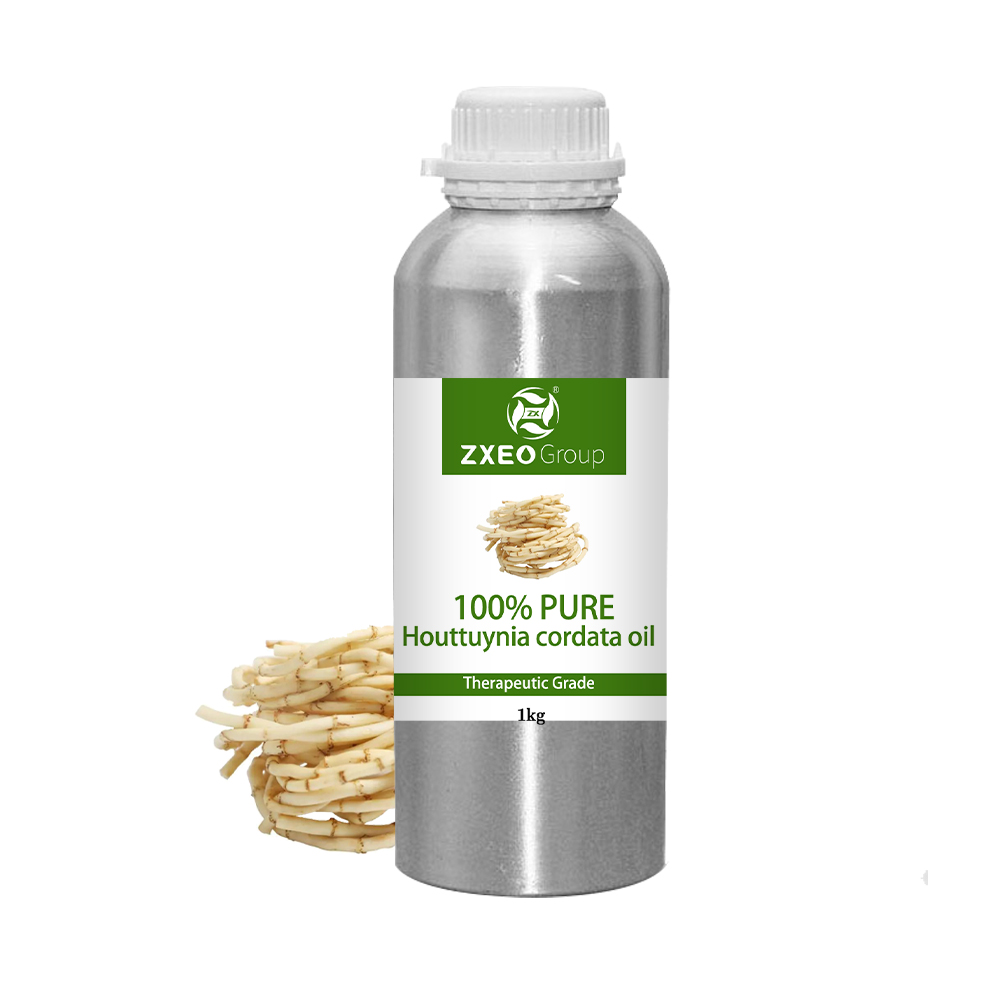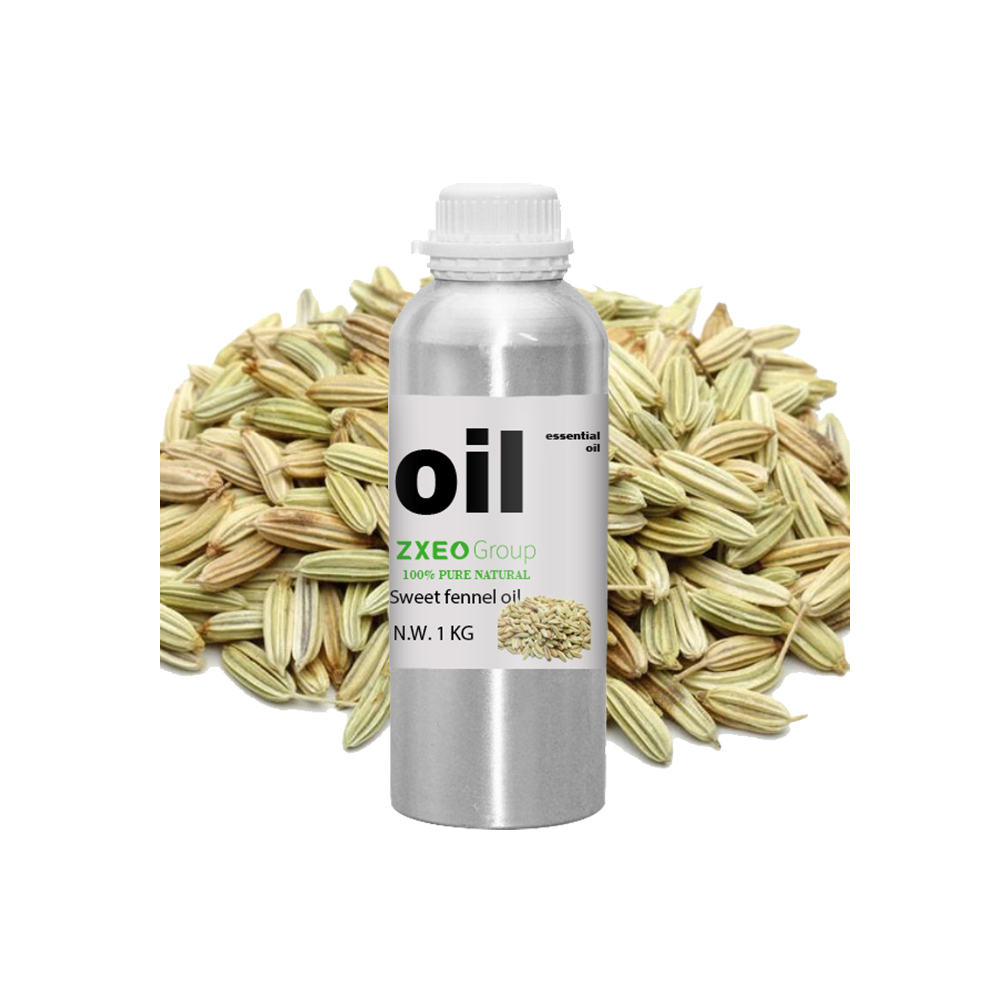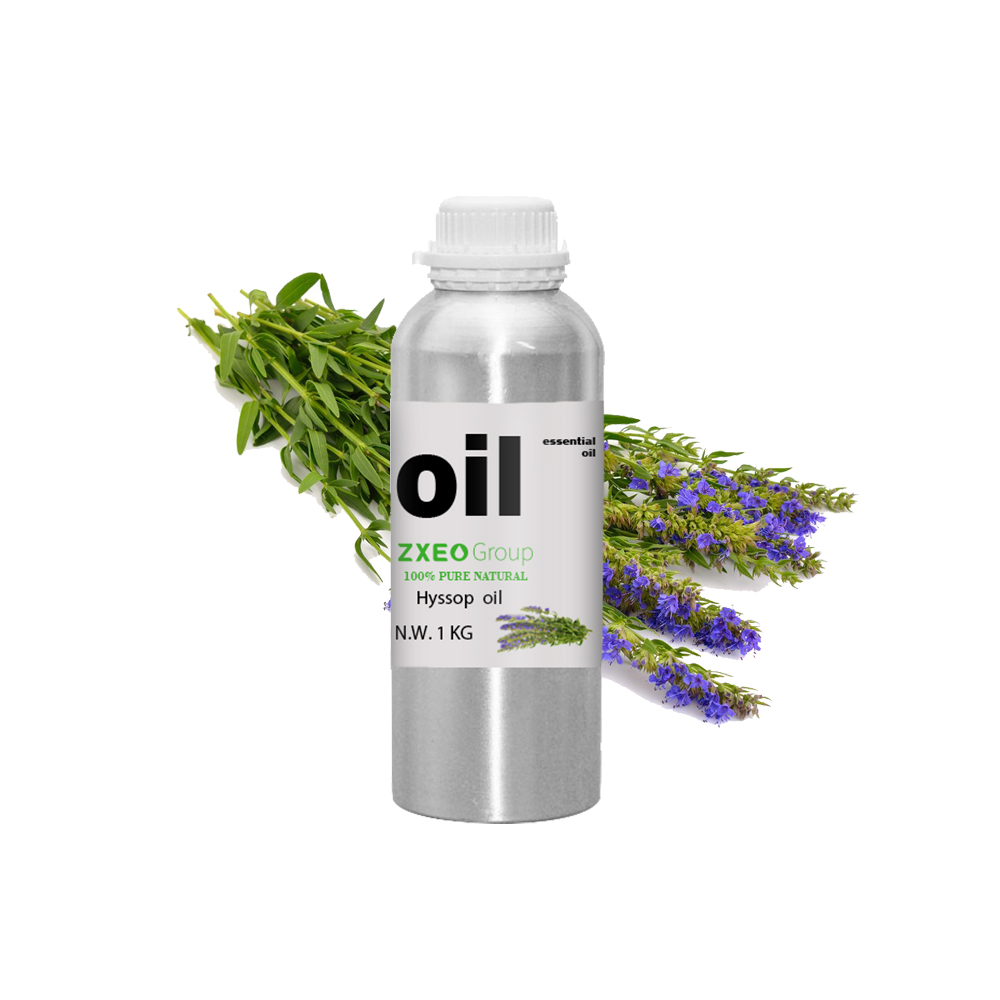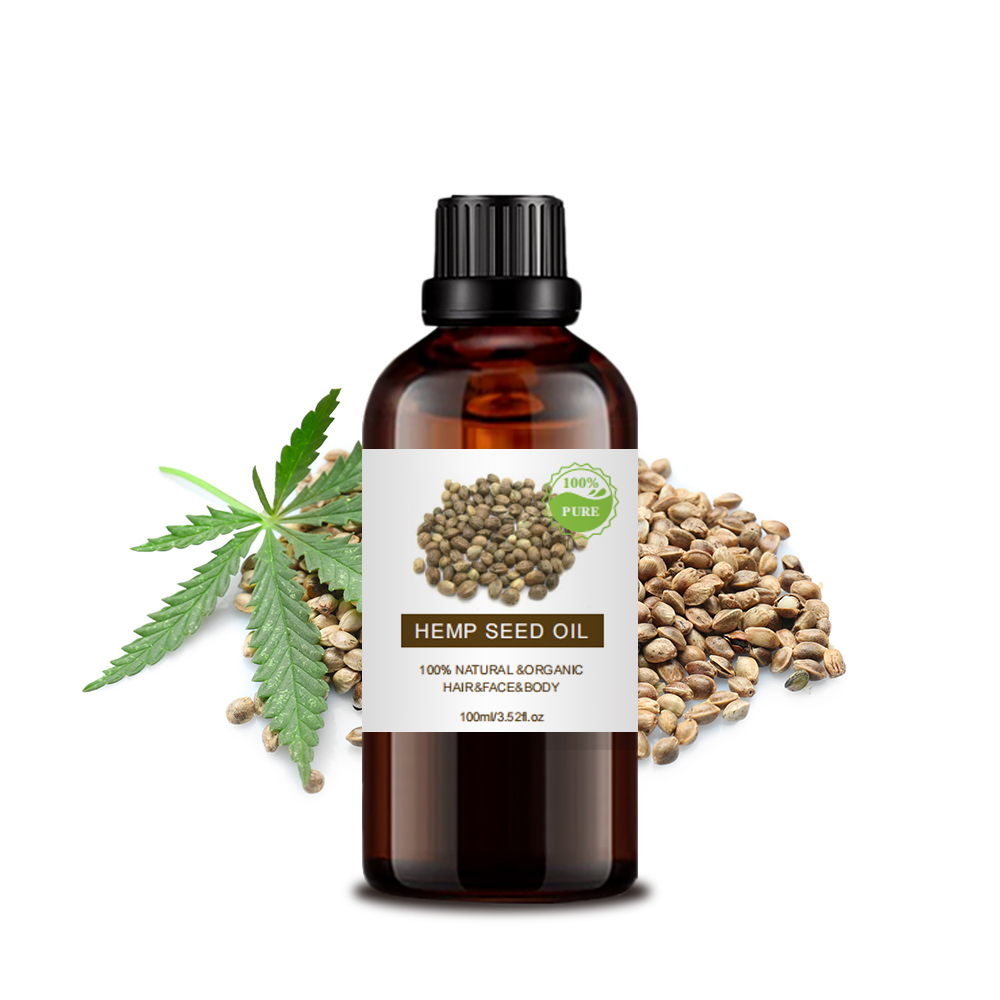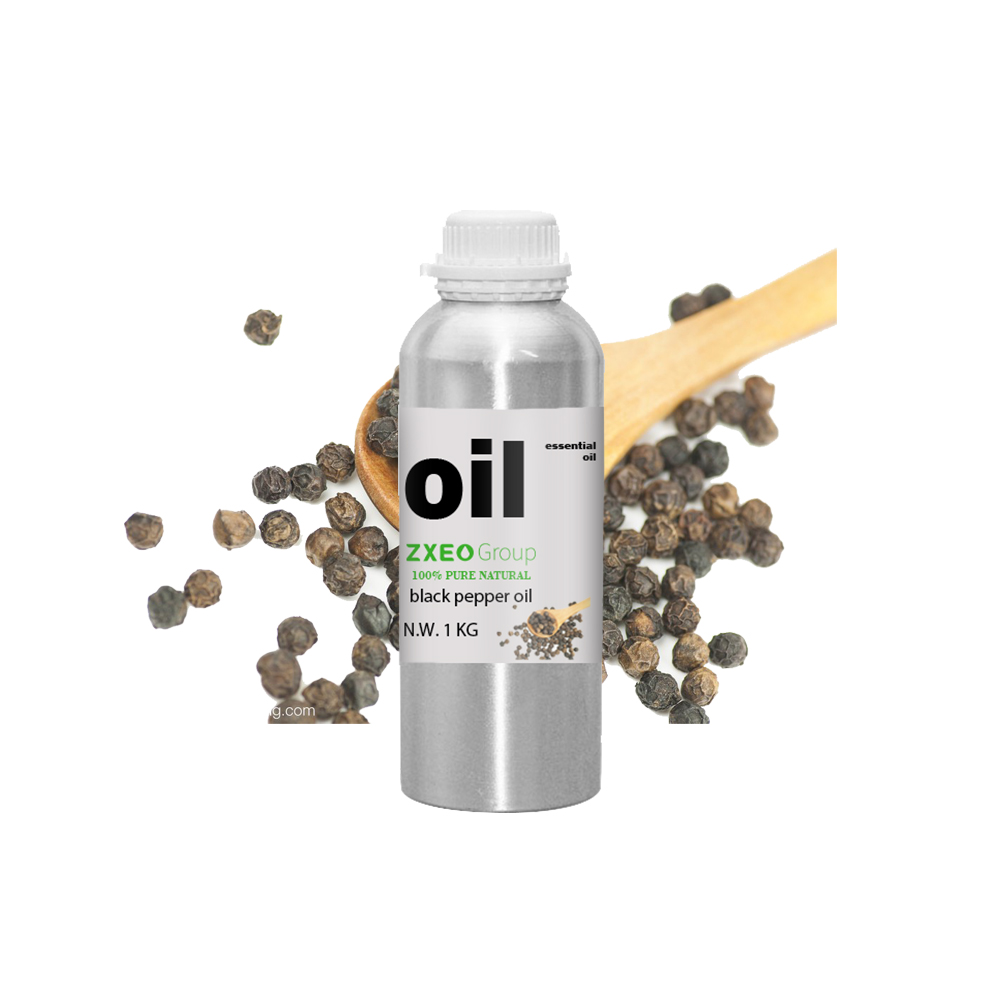Pure Natural Houttuynia cordata oil Houttuynia Cordata Oil Lchthammolum Oil
In the North-East region of India, whole plant of H. cordata is eaten raw as a medicinal salad for lowering the blood sager level and is commonly known by the name Jamyrdoh.[13] Moreover, leaf juice is taken for the treatment of cholera, dysentery, curing of blood deficiency and purification of blood.[14] Young shoots and leaves are eaten raw or cooked as a pot-herb. A decoction of this plant is used internally for the treatment of many ailments including cancer, coughs, dysentery, enteritis and fever. Externally, it is used for the treatment of snake bites and skin disorders. The leaves and stems are harvested during the growing season and are used as fresh decoctions. The leaf juice is also used as antidote and astringent.[15] The root, young shoots, leaves and sometimes the whole plant is traditionally used to cure various human ailments throughout South-East Asia. In Indo-China region, the entire plant is considered for its cooling, resolvent and emmenagogue properties. The leaves are recommended for the treatment of measles, dysentery and gonorrhea. The plant is also used in the treatment of eye troubles, skin diseases, hemorrhoids, relieving fever, resolving toxin, reducing swelling, draining pus, promoting urination and in certain diseases of women
